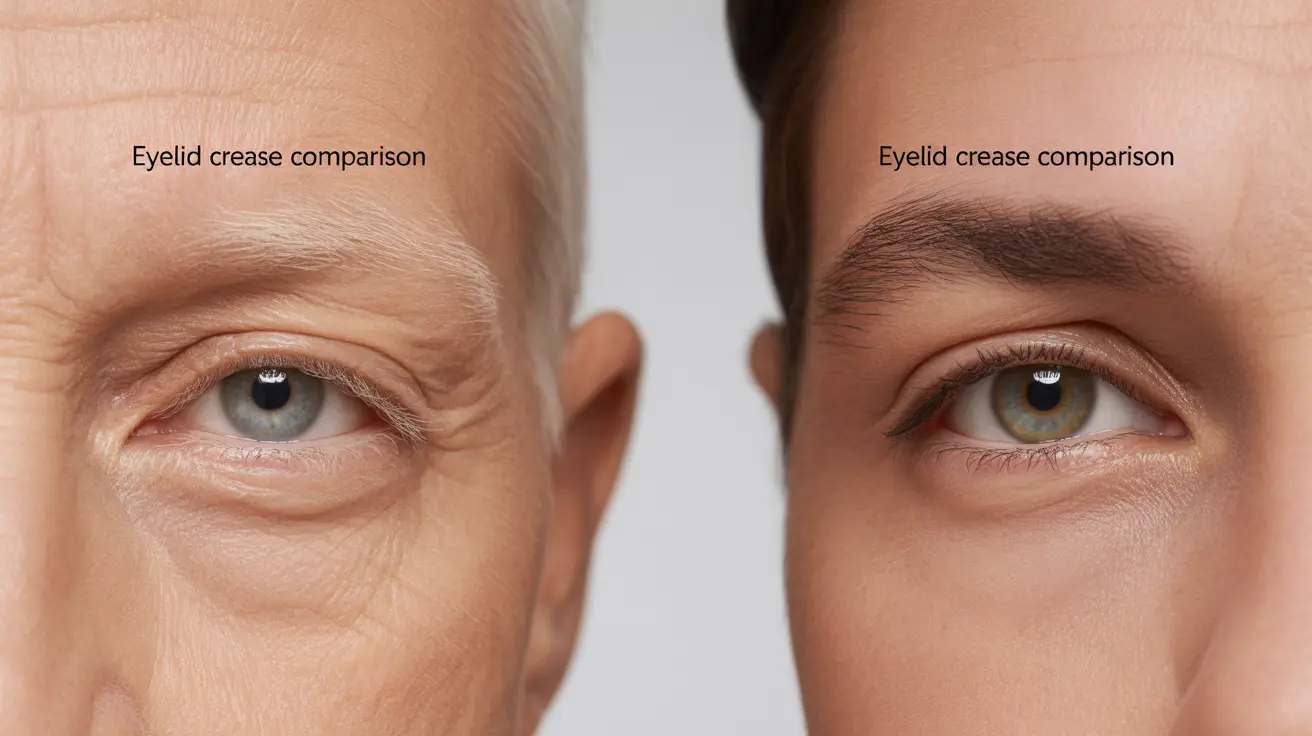Double eyelids, a genetic trait common among many individuals, can be a source of personal concern for some people seeking to modify their appearance. Whether for aesthetic preferences or functional reasons, various options exist for those looking to alter or eliminate double eyelids. This comprehensive guide explores both surgical and non-surgical approaches, along with important considerations for anyone contemplating this change.
What Are Double Eyelids and Why People Seek Changes
Double eyelids occur when there's a visible crease in the upper eyelid, creating a fold when the eyes are open. This natural anatomical feature varies among different ethnic groups and individuals. While completely normal, some people may seek modifications for various personal or cultural reasons, including achieving a different eye appearance or addressing functional concerns like heavy upper eyelids affecting vision.
Surgical Options for Double Eyelid Modification
Traditional Blepharoplasty
Traditional blepharoplasty is a surgical procedure that can modify the appearance of double eyelids. This technique involves careful incisions along the natural eyelid crease to remove excess skin, fat, or muscle tissue. The surgeon can then create a new crease position or eliminate the existing fold, depending on the desired outcome.
Suture Method
The suture technique offers a less invasive surgical alternative. This method uses strategic stitches to create or modify eyelid creases without extensive tissue removal. It typically results in less scarring and shorter recovery times compared to traditional blepharoplasty.
Non-Surgical Alternatives
Temporary Solutions
For those hesitant about surgery, several non-permanent options exist:
- Eyelid tape or glue
- Special eyelid fiber strips
- Specialized makeup techniques
These methods can temporarily modify the appearance of double eyelids without surgical intervention.
Semi-Permanent Treatments
Some clinics offer non-surgical procedures using specialized threads or temporary fillers. While less invasive than surgery, these treatments typically require periodic maintenance to maintain results.
Recovery and Aftercare
Recovery timelines vary depending on the chosen procedure. Surgical methods typically require:
- 1-2 weeks for initial healing
- Several weeks for complete swelling reduction
- Regular follow-up appointments
- Careful adherence to post-procedure care instructions
Potential Risks and Considerations
Before pursuing any double eyelid modification, it's essential to understand potential complications:
- Infection risk
- Asymmetry
- Scarring
- Changes in eye function
- Possible need for revision procedures
Frequently Asked Questions
How can double eyelid surgery (blepharoplasty) help get rid of a double eyelid crease?
Blepharoplasty can modify or eliminate double eyelid creases through careful surgical manipulation of the eyelid tissue, skin, and underlying muscles. The surgeon can create a new crease position or remove the existing fold entirely, depending on your desired outcome.
What are the risks and possible complications associated with surgery to remove double eyelids?
Common risks include infection, asymmetry, scarring, temporary vision changes, and dry eyes. More serious but rare complications can include permanent vision changes or adverse reactions to anesthesia. Working with a board-certified surgeon helps minimize these risks.
Are there any non-surgical methods to permanently eliminate or reduce the appearance of double eyelids?
While there are no permanent non-surgical solutions, temporary options include eyelid tape, glue, and specialized makeup techniques. Semi-permanent treatments using threads or fillers can last several months to a year but require maintenance.
How long is the recovery time after double eyelid removal surgery, and what should I expect during healing?
Initial recovery typically takes 1-2 weeks, with complete healing occurring over several months. Patients can expect swelling, bruising, and temporary discomfort. Most people return to normal activities within 2 weeks, though complete healing may take 3-6 months.
What causes double eyelids, and why do some people want to get rid of or alter them?
Double eyelids are a natural genetic trait determined by how the levator muscle attaches to the eyelid skin. People may seek modifications for various personal reasons, including aesthetic preferences, cultural factors, or to address functional issues like visual field obstruction from heavy upper eyelids.




